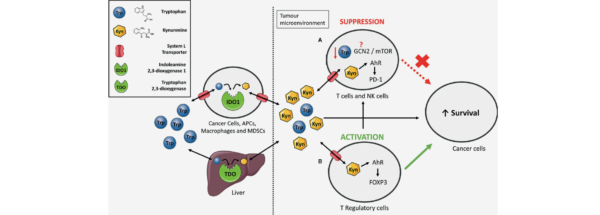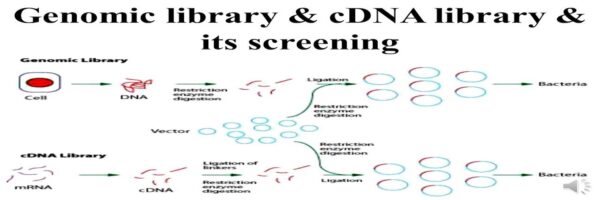Fungal infections pose a substantial health burden worldwide, affecting millions of individuals each year. In the quest to combat this global challenge, researchers have turned to nature for inspiration. The Antifungal Library represents a curated collection of compounds specifically designed and strategically selected for their potential as antifungal agents. In this blog, we will delve into the significance of the Antifungal Library, its importance in drug discovery, and the potential impact it can have on combating fungal infections.
Understanding the Antifungal Library:
The Antifungal Library is an extensive collection of compounds that have been carefully synthesized or isolated from natural sources, based on their ability to inhibit the growth and survival of fungal pathogens. This library contains chemically diverse molecules that target various stages of the fungal life cycle, including cell wall synthesis, membrane integrity, protein synthesis, and specific enzymatic pathways. By systematically screening this library, researchers can identify lead compounds with potent antifungal activity, paving the way for the development of novel treatments against fungal infections.
Leveraging Nature’s Defense:
Nature has long been a source of inspiration for drug discovery, and the Antifungal Library continues this tradition by harnessing the power of natural compounds. Many naturally occurring substances, such as plants, microorganisms, and marine organisms, produce compounds that exhibit antifungal properties as part of their defense mechanisms. These natural compounds serve as a valuable starting point for the development of antifungal drugs, offering a rich source of chemical diversity and potential therapeutic options.
Chemical Diversity for Targeting Fungal Pathogens:
Fungal pathogens display a remarkable degree of biological diversity, necessitating a multifaceted approach in developing effective antifungal agents. The Antifungal Library addresses this challenge by providing a broad spectrum of structurally diverse compounds with varying mechanisms of action. This diversity allows researchers to target specific fungal strains, optimize therapeutic effectivity, and minimize the development of drug resistance.
Advantages of the Antifungal Library:
Targeted and optimized antifungal activity: Each compound within the Antifungal Library has undergone extensive screening and optimization to ensure its efficacy against fungal pathogens. This approach significantly increases the probability of identifying promising lead compounds for further development and testing.
Synergistic effects: Some compounds within the Antifungal Library may possess synergistic interactions. When combined, these compounds can enhance antifungal activity and overcome resistance mechanisms. Such combinations can open up new avenues for combination therapy and improve treatment outcomes.
Repurposing potential: In addition to the discovery of new compounds, the Antifungal Library also allows for the repurposing of existing drugs. By screening approved drugs or compounds used for other therapeutic purposes, researchers can identify potential candidates that exhibit unexpected antifungal activity. This repurposing strategy can expedite the development of new antifungal therapies.
Natural product-inspired synthesis: The Antifungal Library also supports the synthesis and modification of natural product-inspired compounds. By fine-tuning the structures of these compounds, researchers can optimize their pharmacokinetic properties, improve efficacy, and minimize potential side effects. This synthetic approach allows for the creation of novel antifungal drugs based on naturally occurring scaffolds.
Conclusion:
The Antifungal Library represents a valuable resource in the fight against fungal infections, providing researchers with a diverse and targeted collection of compounds with significant antifungal potential. With the persistent challenge posed by fungal diseases and the emergence of drug-resistant strains, the Antifungal Library offers new avenues for developing innovative and effective antifungal therapies. By tapping into nature’s defense mechanisms and leveraging the advances in chemical synthesis and drug discovery, we have the opportunity to make significant strides in treating and preventing fungal infections, improving patient outcomes, and ultimately protecting global health.




